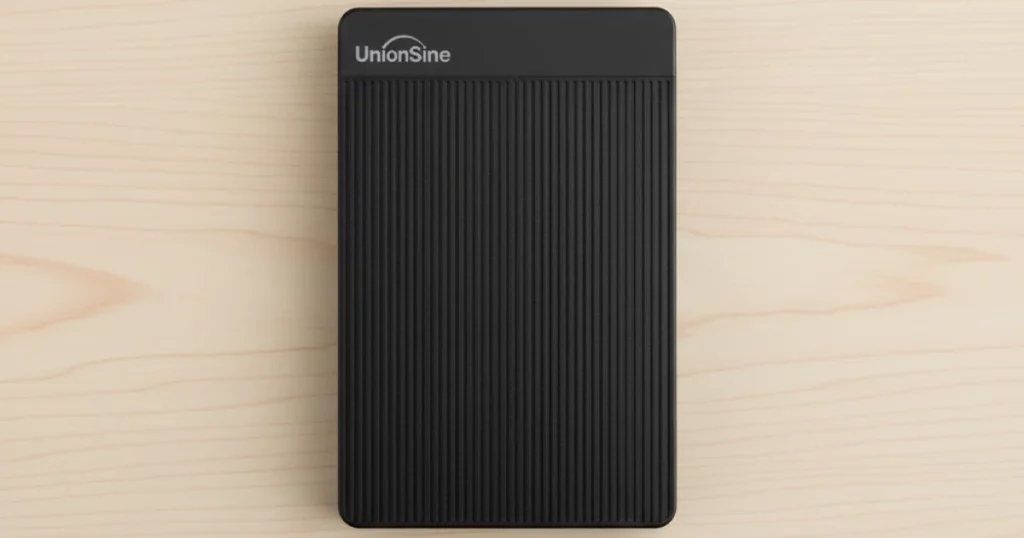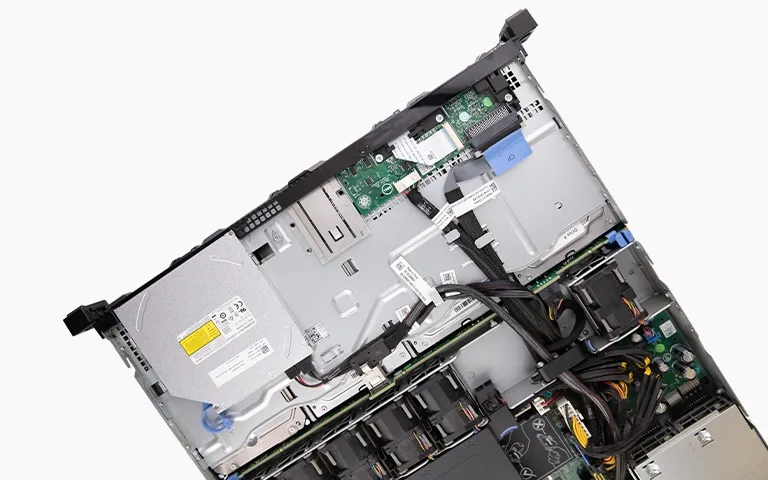Background
The client brought in a 10TB HGST helium-filled hard drive that had suddenly stopped responding. Upon powering the drive, there were no spinning sounds or detection by the system. This raised concerns of a severe hardware-level failure.
HGST helium drives, designed for high capacity and long-term data storage, are sealed and rely on precise internal calibration. A failure in such a device, especially involving both electrical and mechanical systems, requires expert handling in a controlled environment.
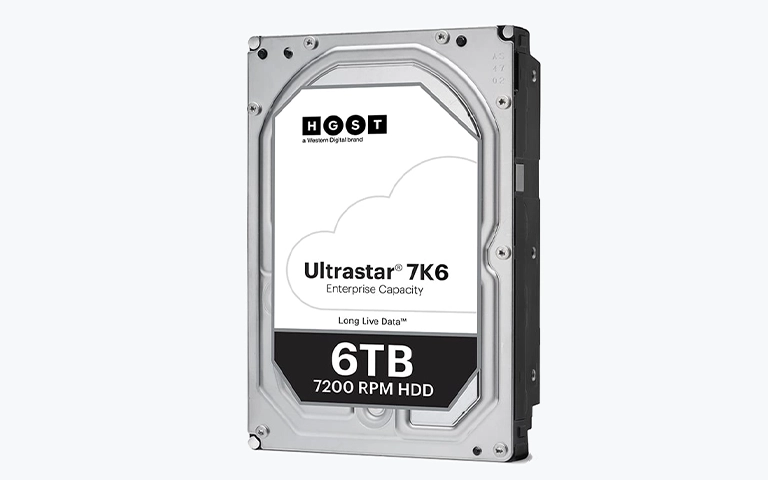
Initial Evaluation
Upon receipt, our engineering team conducted a thorough inspection in two stages:
- PCB Check: The printed circuit board (PCB) showed signs of overheating, although the board was still responsive after isolated testing. Power flow was confirmed, ruling out complete PCB failure.
- Mechanical Assessment: Once inside our ISO Class 10 cleanroom, the drive was opened. Our specialists identified that the magnetic head assembly had crashed onto the platters, sticking to the surface. This condition is often caused when heads fail to park correctly, leading to contact with the spinning disk and creating circular scratches.
The damage was classified as critical. Some platter surfaces had irreversible scarring, but other areas remained intact and were deemed recoverable. After explaining the risks and expectations to the client, we received authorization to proceed with data recovery.
Why Helium Drives Are Especially Challenging to Recover
Helium-filled hard drives are far more complex to recover than standard air-filled models. Here’s why:
- Tightly Sealed Enclosures: Helium drives are hermetically sealed to maintain internal pressure and reduce friction. Once opened, they cannot be resealed or reused as standard drives.
- Multiple Platters: Many helium drives contain 7 to 9 platters, each thinner and more fragile than standard disks. This increases the difficulty of handling and alignment.
- Specialized Donor Parts: These drives require highly specific, expensive donor components that are often difficult to source. Even slight differences in firmware or manufacturing batches can make a donor incompatible.
- Two-Person Operation: Due to the complexity and fragility, recovery typically involves two experienced engineers one handling mechanical procedures and the other monitoring drive behavior, head alignment, and imaging.
- Calibration Sensitivity: Any micro-misalignment of the replacement head stack can result in platter damage or total failure during the imaging process. Every step must be done with extreme precision.
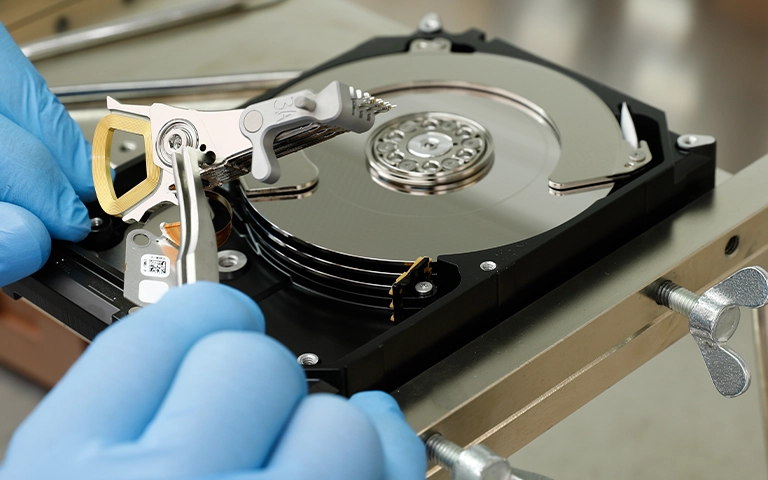
Get a Free Consultation.
Our recovery experts are ready to assess your device and guide you through the safest path to recovery. Fill out the form to get started.
"*" indicates required fields
Cleanroom Procedure and Head Replacement
1. Debris Removal and Safe Disassembly
Before initiating repairs, the internal components were cleaned using an ultrasonic particle-removal process. This ensured that no dust or micro-debris interfered with recovery or caused further platter damage.
The technician then used a precision head comb tool to gently lift and detach the stuck magnetic head assembly. This was a delicate operation, as improper removal could have damaged more sectors or scratched deeper into the data zone.
2. Donor Head Installation and Firmware Transfer
A compatible donor head stack was carefully sourced from our internal library. The new assembly was installed with precise calibration to match the tolerances of the original head alignment. In addition, the drive’s firmware chip was removed from the original PCB and transplanted onto the donor PCB to ensure the drive could communicate properly with our imaging tools.
Imaging and Data Recovery Process
Once reassembled, the drive was stabilized for imaging. A sector-by-sector clone was initiated using our hardware-based recovery system. Due to prior damage, multiple passes were required, with the software set to skip damaged sectors and retry unreadable areas at lower RPMs and different head profiles.
Our engineer mapped out the file system manually and focused on the high-priority regions that held the client’s most critical data. Special care was taken to avoid unstable platter zones identified during the earlier inspection.
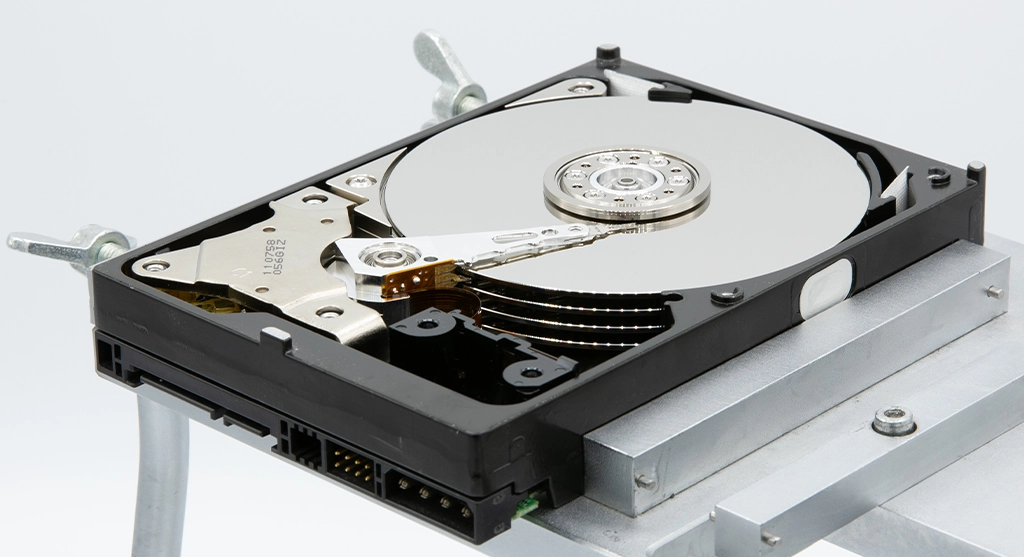
Your Data Security Is Our Priority
Data privacy isn’t optional. It’s our commitment. Our secure recovery process ensures your sensitive information stays protected from start to finish.
HIPAA Compliant
GDPR Compliant
Secure Facility
NDA Available
Trust in certified security. Start your recovery today! Call Now: 888.611.0737
Results
The hard drive recovery was a success. Despite physical platter damage and a full head crash, we restored:
- Large project archives
- Database and media files
- Backup snapshots from cloud systems
- Business documents and email exports
The client reviewed and verified the recovered files. Once approved, we transferred the data to a new encrypted external drive provided by the client.
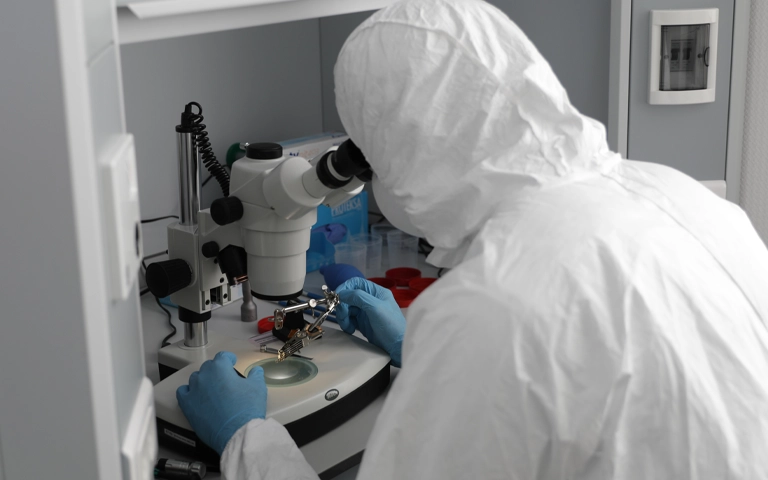
Key Takeaways
- Helium hard drives are among the most complex and expensive types of devices to recover, requiring rare donor parts, precise mechanical handling, and collaboration between two senior engineers
- Even in cases involving both PCB malfunction and magnetic head crash, data recovery is possible if handled by experienced professionals using a certified cleanroom environment
- Users should avoid powering on a failed helium drive, as each attempt risks further damage that could make data recovery impossible
Watch what our customer saying
Have a failed helium-filled hard drive?
Trust PITS Data Recovery to handle your recovery with expertise, advanced tools, and one of the industry’s highest success rates. Schedule your evaluation today.
Don't Let Data Loss Ruin Your Business
Minimize business disruption. We retrieve lost data fast, so you can focus on what matters.

